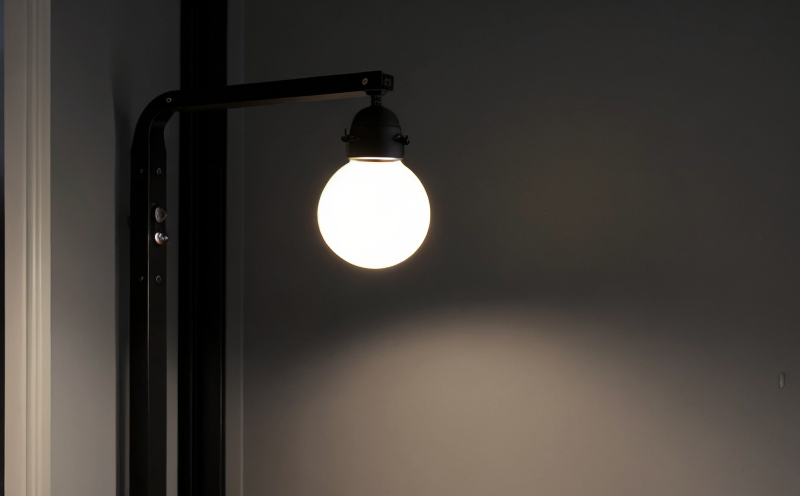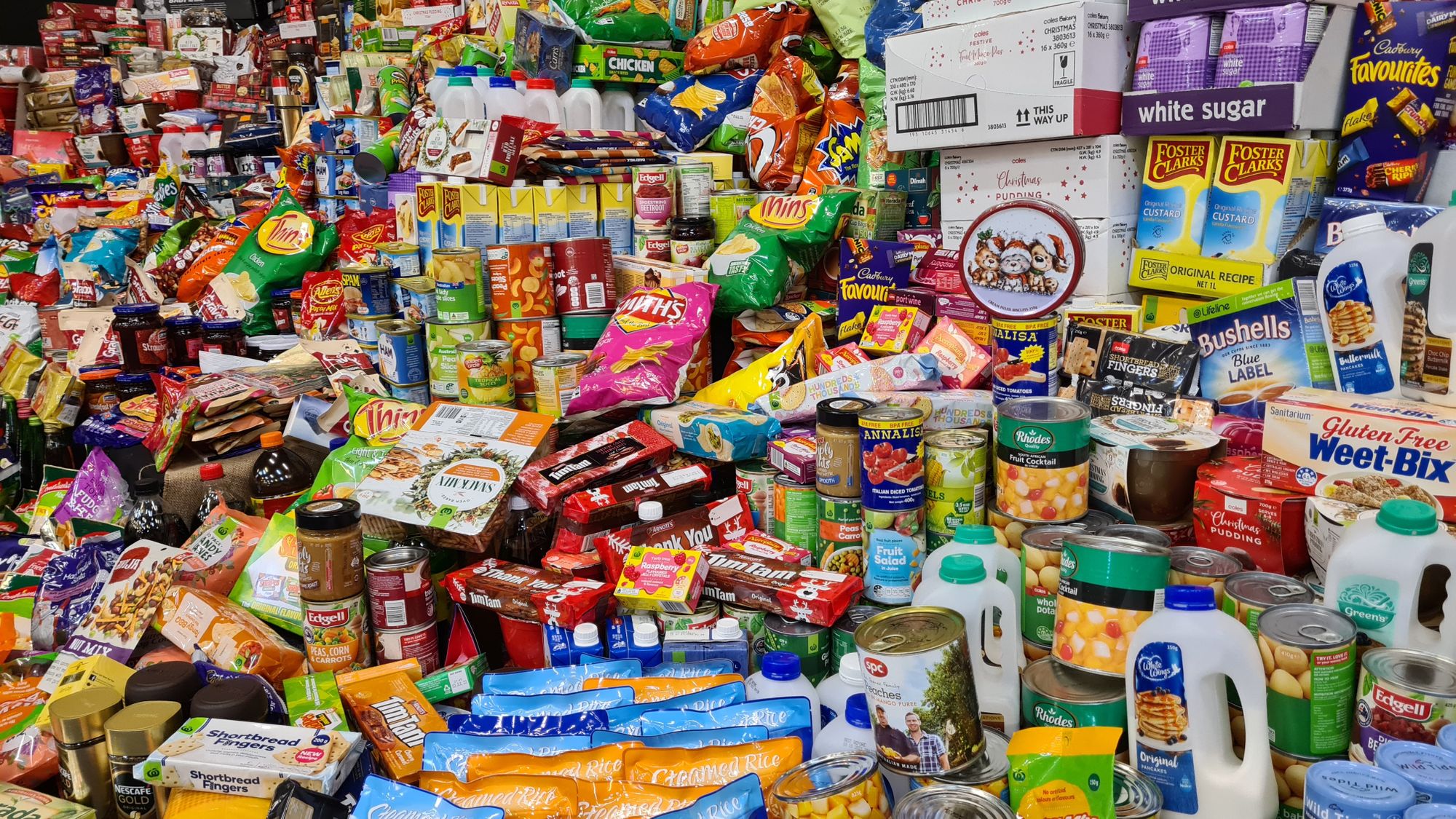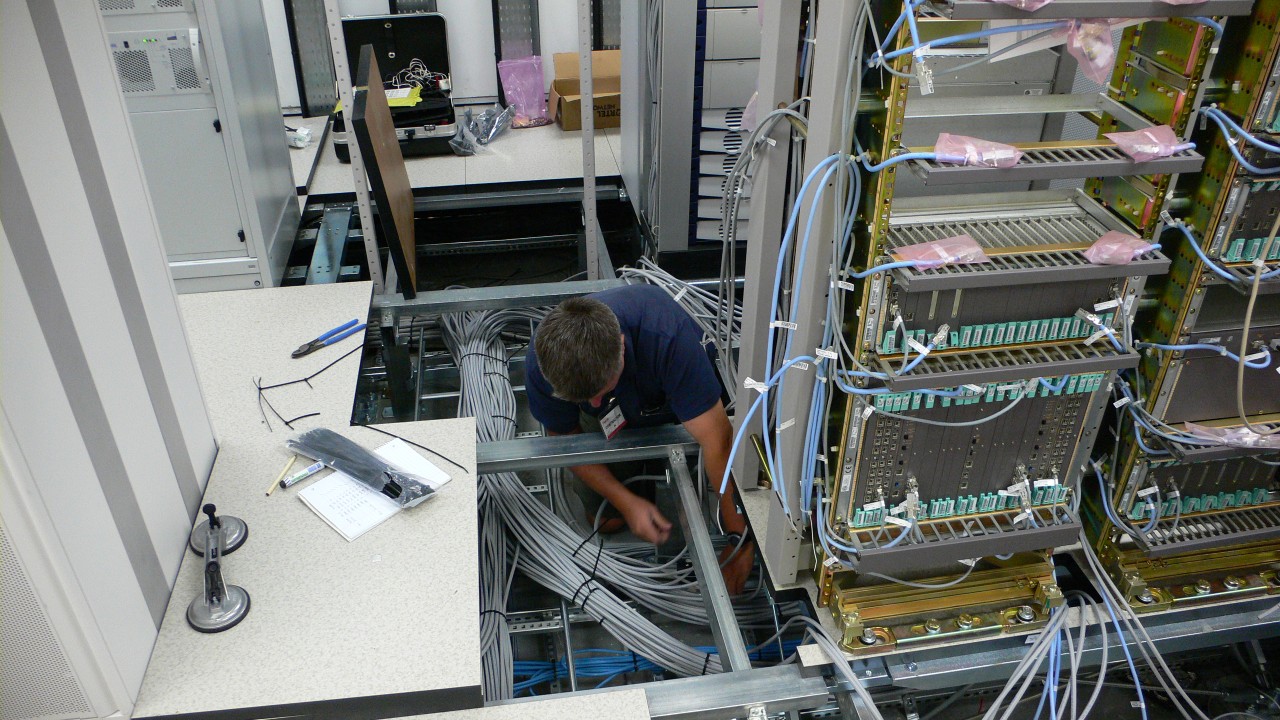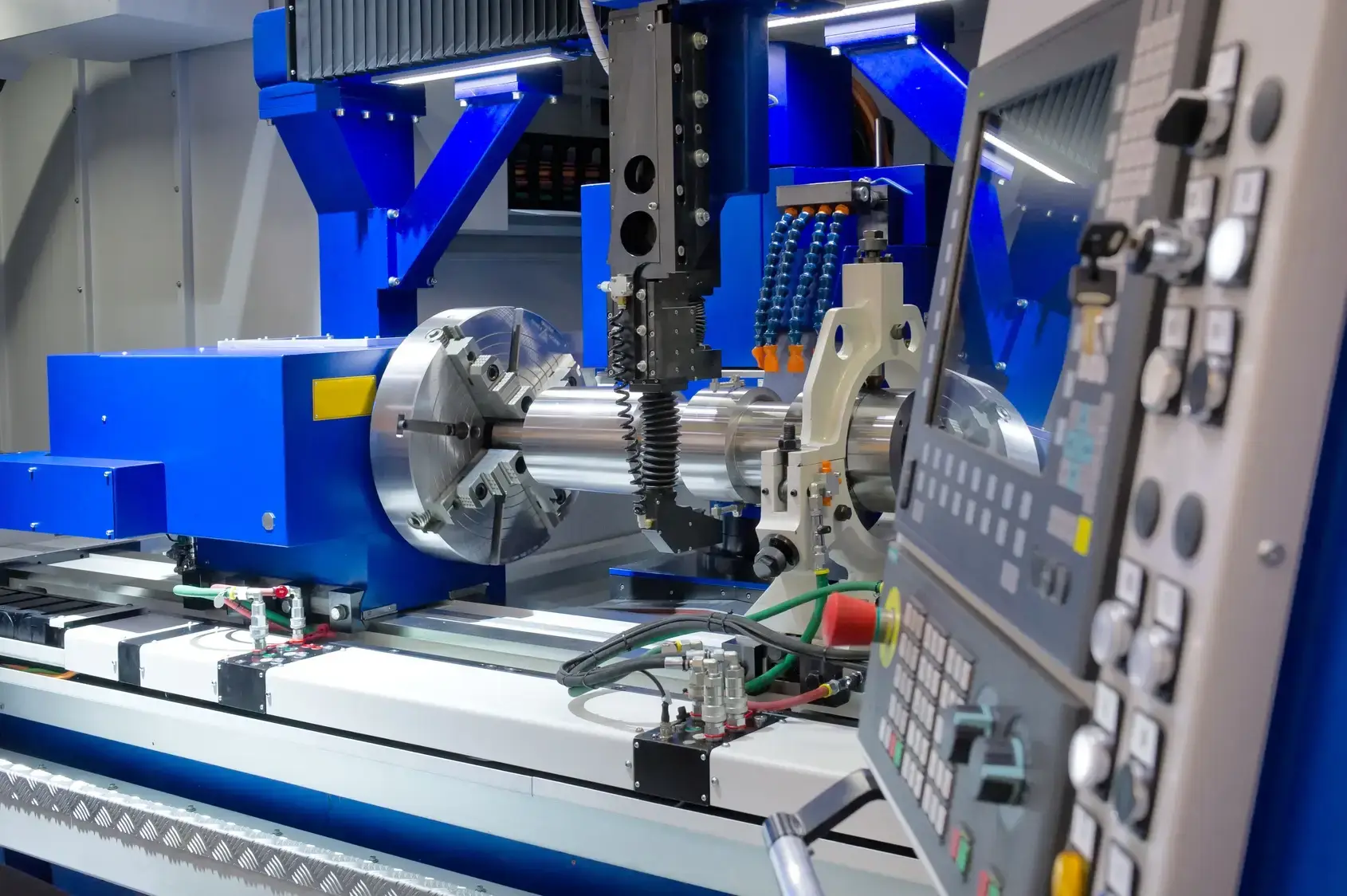Testing how impact resistance affects the overall safety and functionality of lighting devices.
The Importance of Testing Impact Resistance in Lighting Devices Ensuring Safety and Functionality
As the world becomes increasingly dependent on lighting devices to illuminate our surroundings, its essential for manufacturers to ensure that their products can withstand various environmental conditions without compromising safety and functionality. One crucial aspect of this is testing how impact resistance affects the overall performance of lighting devices. This laboratory service, provided by Eurolab, helps businesses identify potential weaknesses in their products, allowing them to make necessary improvements before they hit the market.
What is Testing How Impact Resistance Affects Lighting Devices?
Testing how impact resistance affects lighting devices involves subjecting samples to various levels of force, typically using a falling weight or an anvil, to simulate real-world scenarios. This can include drops from different heights, bumps, and other types of impacts that could occur during transportation, storage, or even in the hands of consumers. The goal is to assess how well the lighting device withstands these forces without sustaining damage that might compromise its performance or pose a risk to users.
Why Is Testing Impact Resistance Essential for Businesses?
In todays competitive market, manufacturers must prioritize product reliability and safety above all else. Failure to do so can result in
Product recalls Costly and embarrassing recall campaigns that damage brand reputation and consumer trust
Liability concerns Companies may be held liable for injuries or damages resulting from defective products
Loss of business Consumers are unlikely to choose a product that fails to meet their expectations, leading to lost sales and revenue
Regulatory compliance issues Failure to adhere to industry standards can result in fines and penalties
Benefits of Testing Impact Resistance
Eurolabs testing services provide numerous benefits for businesses
Benefits for Manufacturers
Improved product design Identify potential weaknesses and make necessary improvements before production
Enhanced customer satisfaction Products that withstand impacts better are more likely to meet consumer expectations
Reduced liability risks Minimize the risk of costly lawsuits and reputational damage
Compliance with regulations Ensure products meet or exceed industry standards
Benefits for Retailers
Increased sales Consumers trust brands that prioritize product quality and safety
Reduced returns and exchanges Products less likely to be damaged during transportation or storage, reducing costs associated with returns and exchanges
Enhanced brand reputation Demonstrating a commitment to quality and customer satisfaction can lead to increased loyalty and advocacy
Benefits for End-Consumers
Increased product lifespan Lighting devices that withstand impacts better will last longer, saving consumers money in the long run
Reduced risk of injury or damage Products designed with safety in mind are less likely to cause harm or damage during use
Peace of mind Knowing a product is built to last can provide consumers with greater confidence and satisfaction
Frequently Asked Questions
Q What types of lighting devices do Eurolab test for impact resistance?
A We offer testing services for a wide range of lighting devices, including LED bulbs, lamps, fixtures, and more.
Q How does Eurolabs testing process work?
A Our expert technicians will guide you through the testing process, which typically involves subjecting samples to various levels of force using standardized methods.
Q What kind of results can I expect from testing impact resistance?
A Youll receive detailed reports outlining the performance of your products under different impact conditions. This information can be used to improve product design and manufacturing processes.
Q Can Eurolab help me implement changes based on test results?
A Yes, our team can provide guidance and recommendations for modifications that will enhance your products resistance to impacts.
Conclusion
In todays fast-paced market, its essential for businesses to prioritize product reliability and safety. Testing how impact resistance affects lighting devices is a crucial step in ensuring compliance with regulations, reducing liability risks, and enhancing customer satisfaction. By partnering with Eurolab, manufacturers can gain valuable insights into their products strengths and weaknesses, empowering them to make informed design decisions that benefit both consumers and the companys bottom line.
Dont wait until its too late partner with Eurolab today and ensure your lighting devices meet the highest standards of safety and functionality.
-
Testing lighting devices for resistance to physical impact or damage.
-
Verifying the mechanical robustness of light fixtures under various impact conditions.
-
Testing lighting devices for impact resistance during shipping, handling, and installation.
-
Performing drop tests from specified heights to simulate real-world impact scenarios.
-
Assessing the performance of lighting devices under accidental impact or external shock.
-
Testing the resilience of light bulbs, lamps, and light fixtures to impacts from falling objects.
-
Evaluating the effectiveness of protective covers, lenses, or casings in preventing damage.
-
Measuring the impact of external force on the integrity of LED lights and traditional bulbs.
-
Testing for damage to electrical components after impact, including circuits and connectors.
-
Assessing the impact resistance of lighting systems used in industrial or high-traffic environments.
-
Ensuring that outdoor lighting systems can withstand impacts from debris, hail, or accidents.
-
Testing the durability of recessed lighting and ceiling-mounted fixtures against impact forces.
-
Verifying compliance with relevant safety standards for impact resistance (e.g., IK rating).
-
Assessing impact resistance under extreme conditions such as construction sites or transportation.
-
Testing for any reduction in light output or fixture functionality after impact.
-
Testing whether the glass or plastic components crack or shatter upon impact.
-
Measuring the impact resistance of lighting systems in cold or freezing environments.
-
Evaluating impact resistance in emergency lighting systems or critical safety lighting.
-
Testing the reliability of impact-resistant fixtures used in public spaces like stadiums or airports.
-
Testing impact resistance for explosion-proof or hazardous location lighting fixtures.
-
Ensuring that impact-resistant lighting devices are fit for use in high-risk areas.
-
Evaluating the long-term effects of repeated impacts on lighting systems.




